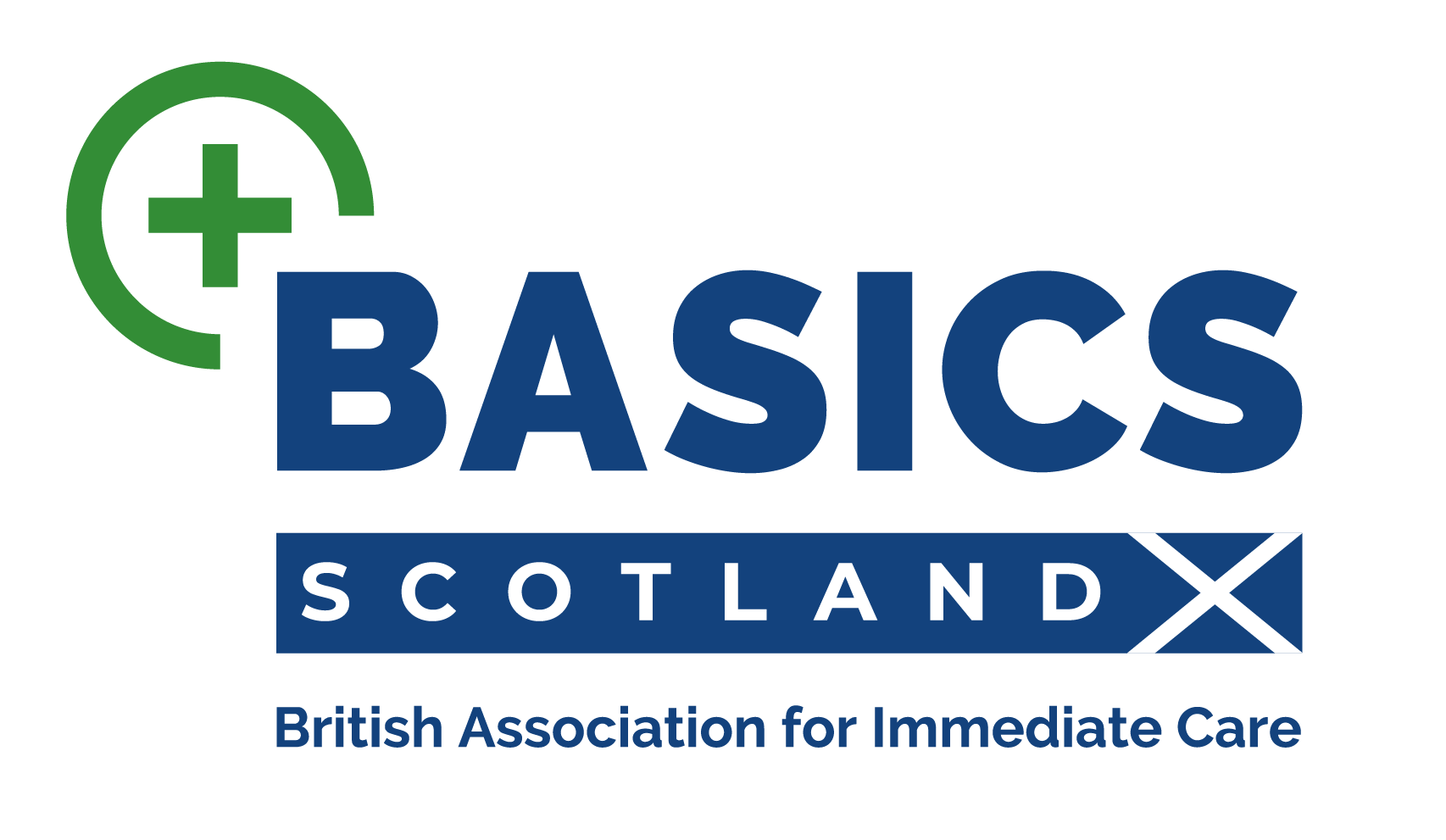Triage
The word ‘Triage’ has become well used and second nature to many working in emergency services is Scotland. Meaning ’to sort’, it is a successful process by which priority for treatment of patients can be assigned with the ultimate aim to do the most for the most.
However, we often think of triage as a tool to help manage high volumes of patients with examples such as the Manchester Arena attack and the London bridge attack, and the multi casualty bus incident in Arrochar. In this section we want to take you back to basics and look at how triage works for responders and how triage can help when patient numbers outstrips resources. For example a road traffic collision (RTC) with two casualties and one responder in a remote and rural area of Scotland could need a degree of triage to manage.
The resources on this page are designed to help you learn from others and reflect on how you can use triage tools to help you make the best decisions for your patients.

To aid in communication, patient management and record keeping during triage, cards or markers can be used to help prioritise patients. Triage pack with prioritisation cards are kept within Scottish Ambulance Service (SAS) Accident and Emergency Units (AEUs). The cards are stored within the vehicle Major Incident Pack.
Emergency responders should be aware of the cards location and request the use of the cards if the situation requires this.
